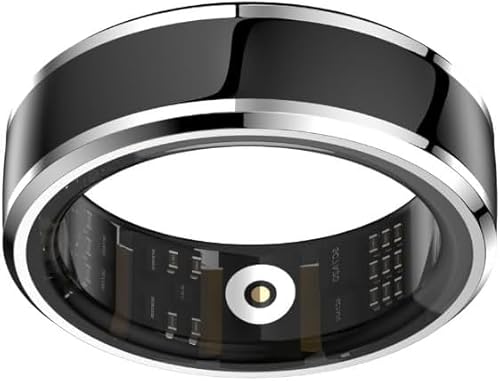Porcine and Bovine
Porcine and Bovine
The basic physical difference between the Medtronics Porcine valves and the Carpentier-Edwards bovine valves is that the Medtronics valve is and actual pig valve, and the Carpentier-Edwards valve is cow pericardium that has been shaped (manufactured) into a working valve.
The generally accepted reasonable valve life expectations for the current models are about 15 years for the porcine and 20 years for the bovine. Surgeons seem to like the porcine valve because it is a real valve. However, the stats seem to lean strongly toward the bovine lasting longer.
However, the current bovine model is the Perimount Magna, whcih most hospitals do not have in stock yet. They are still implanting older models. You would have to insist on the current model, which would likely have to be delivered from CE.
The current Medtronics porcine valve is the Mosaic, not the Freestyle. Unless there is a mounting issue with the exact model/style you need, you want the Mosaic. Freestyle is their older model, and the model they still use for valves other than the aortic, or for unusual mount issues. While they are an excellent valve in their own right, don't let them use an older model just because it's "what's in stock."
There is some information, particularly associated with the ON-X mechanical, that it is much more tolerant of INR fluctuations that older models. However, I agree with prior posts that there is no long-term track record yet for it, the newest St. Judes, or the Sorin, in regards to alternative anticoagulant therapies. However, I would also have to say that there seem to be valid reasons to be optimistic about them.
In your 40s it's a really tough call. There is a lot to recommend the mechanical route for that age. A lot. I chose the Mosaic tissue valve, but I'm 51. I expect a reoperation around 65-66, and for whatever I get then to last the rest of my life. Best call is that you would likely be looking at two reoperations in your lifetime, rather than one like me.
If I were 41, and determined to go with a tissue valve, I would definitely choose the Carpentier-Edwards Perimount Magna. It is just possible you could squeak through with only one reoperation on that. However, you must be prepared not to beat up your valve. Younger people are hell on tissue valves.
Best wishes,






















